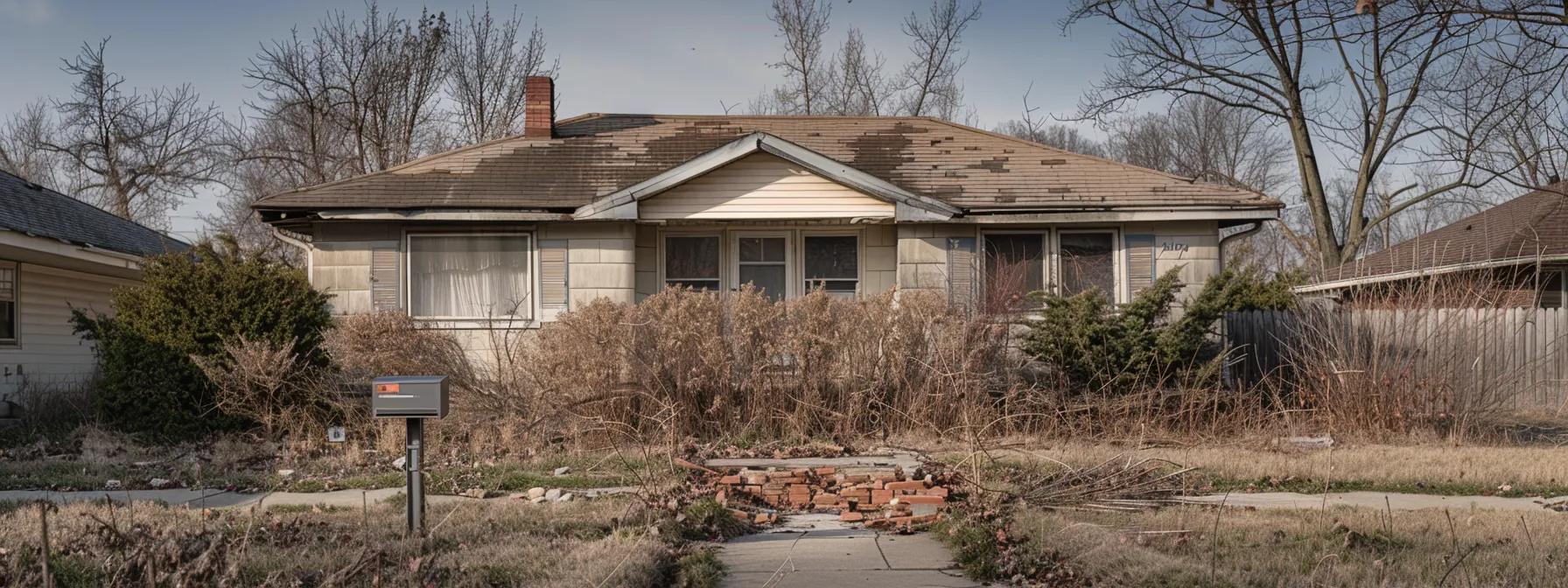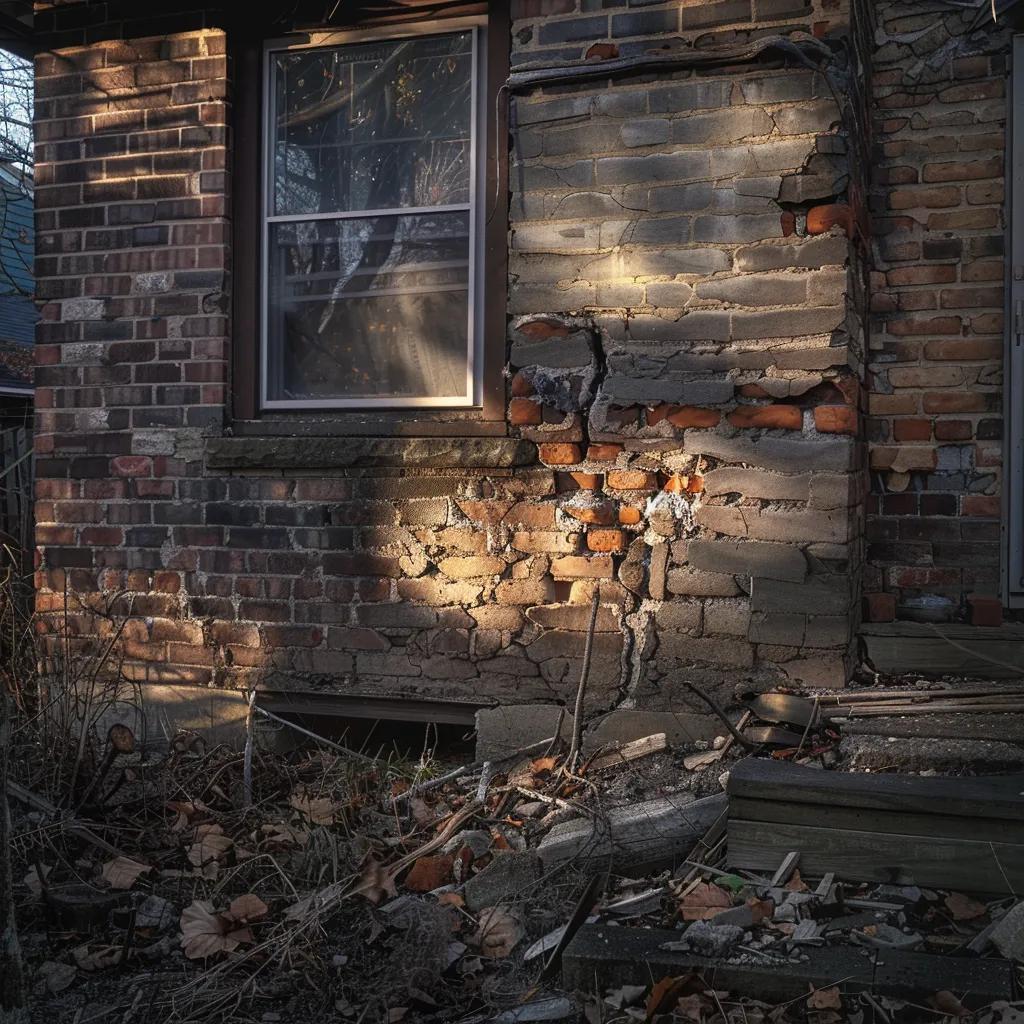FoundationRepair Cost vs Property Value Explained
The integrity of a home’s foundation is critical in determining its market value. Homeowners facing structural problems such as cracks, uneven floors, or moisture issues must balance significant repair costs with the potential for increased property value. As issues worsen, repairs become more expensive due to complexity and unforeseen complications. This article reviews common foundation problems, repair methods, and factors influencing repair expenses. It explains how these repairs affect market price, the importance of accurate quotes, and the return on investment (ROI) when addressing foundation issues. Ultimately, understanding these dynamics helps homeowners make informed decisions that safeguard structural integrity and preserve equity.
Understanding FoundationRepair Expenditures
Foundationrepair costs depend on the extent of damage and the chosen repair method. Issues such as settling, cracks, and water infiltration indicate instability that can arise from soil conditions, climate, or poor initial construction.
Common Foundation Problems and Their Associated Repair Costs
Typical problems include: – Cracks in the concrete– Bowing walls – Uneven floors – Water seepage into basements
Minor cracks might be repaired with an epoxy injection costing a few hundred dollars, while bowing walls may require steel piers or anchors, with costs reaching several thousand dollars. Repair expenses generally range from about $2,000 for minor fixes up to $20,000 or more for severe damage.
Factors That Determine Your Overall FoundationRepair Investment
Key factors include: – Home size and design – Regional labor and material costs – Severity of damage – Additional work required due to complications
Older homes or those built to outdated standards often require comprehensive repairs. Local market conditions and the availability of qualified inspectors or repair companies also influence costs. Homeowners can mitigate risks by obtaining multiple bids and thorough inspections.
How Repair Methods Influence the Cost vs Property Value Balance
Different repair methods offer varying durability and cost efficiency. For example, steelpier installation provides long-lasting stability and can enhance marketability even though it is costly, whereas temporary measures may lower initial expenses but have little impact on value. Choosing the right method affects both upfront costs and long-term return on investment.
Securing Reliable Quotes for Foundation Restoration Work
Reliable quotes from at least three reputable companies are essential. Detailed estimates should cover: – Repair methodology – Timelines and materials – Warranty details
Checking reviews and references is vital for budgeting and anticipating any additional costs during the repair process.
Unforeseen Costs That Can Affect Repair Budgets
Unexpected issues such as hidden water damage, soil stabilization needs, or pest infestations can increase budgets. If mold or decay is discovered, additional remediation may be required. To manage such risks, homeowners should reserve a contingency fund—typically 10-20% of the total repair budget.
The Direct Effect of Foundation Damage on Home Valuation

Foundation damage negatively impacts a home’s market value. Structural issues may deter buyers due to the anticipated cost and complexity of future repairs, leading to lower appraisals and reduced offers.
How Structural Issues Can Lower Your Property’s Market Price
Even minor cracks can signal deeper problems to buyers and inspectors. Appraisers may deduct significant amounts from a home’s value when evidence of further deterioration is present. Unresolved issues lead to lower offers and reduced market appeal.
Buyer Hesitation and Its Impact on Repair Cost vs Property Value
Buyers tend to avoid properties with known foundation issues because of potential future expenses. This reluctance forces sellers to lower prices and may extend the time a property stays on the market. Buyers often use estimated repair costs as negotiation leverage, which can further skew the cost vs value balance for sellers.
The Importance of Disclosure Regarding Foundation Flaws and Property Value
Transparent disclosure about foundation issues maintains buyer trust and avoids legal disputes. Although disclosure may temporarily lower the asking price, it can lead to faster transactions and, when paired with a documented repair plan, can transform a potential liability into an asset.
Challenges in Financing Homes With Known Foundation Defects
Homes with unresolved foundation defects face financing hurdles. Lenders typically require extensive inspections, and such properties may not qualify for conventional loans. This can force homeowners to seek alternative financing or accept lower offers. Repairs not only improve market value but also enhance financing prospects.
Analyzing the Return on Investment From Foundation Repairs for Property Value
Investing in foundation repairs can yield considerable returns by stabilizing the home and increasing market value. A strong ROI justifies the repair outlay and reassures potential buyers.
Will FoundationRepair Costs Be Recovered in the Sale Price
Recovery of repair costs depends on the elimination of structural risks. Professionally executed repairs with warranties boost buyer confidence and can lead to higher sale offers that may match or exceed the repair expenses. The final impact depends on damage severity, local market conditions, and proper documentation during appraisals.
Measuring the Increase in Property Value After Repair
Property value increases can be measured by comparing pre-repair and post-repair appraisals. Improvements in structural integrity, aesthetics, and energy efficiency, along with enhanced warranties, play a key role. Studies suggest well-documented repairs can yield an increase of 10-20% in market value.
Comparing Repair Costs Against Potential Value Gain
A detailed cost-benefit analysis helps compare repair expenses with projected value increases. For example, if a $15,000 repair results in a $20,000 increase in value, the homeowner gains equity along with improved safety. The following table summarizes typical repair methods:
Market Response to Professionally Repaired Foundations
Market response improves when repairs are performed professionally. Enhanced appearance, safety, and improved financing options contribute to higher appraisals and faster sales. Homes with documented repairs and transferable warranties often sell 10-15% faster.
Key Considerations in the FoundationRepair Cost Versus Property Value Equation

Balancing repair costs and property value requires analyzing technical issues and market conditions.
How the Extent of Foundation Damage Affects Cost and Value
Minor cosmetic cracks may require only patching, while significant damage like differential settlement or bowing walls demands extensive repairs such as installing steel piers. Proper assessment of damage ensures repair budgets align with expected equity gains.
The Role of Local Market Trends in the Cost-Value Outcome
Local market conditions heavily influence the impact of repairs on sale price. In high-demand areas, even minor issues can cause significant price drops, whereas in slower markets, buyers may be less sensitive to repairs. Regional labor costs, material availability, and buyer preferences all contribute to the final outcome.
Type of Foundation and Its Bearing on Expenses and Value Impact
Different foundation types—be it concrete slab, crawl space, or basement—require distinct repair methods. For instance, repairing a concrete slab may be less labor-intensive than stabilizing an old basement with water damage. Matching repair techniques to foundation type can boost both effectiveness and market appeal.
Transferable Warranties as a Factor in Post-Repair Value
Transferable warranties add significant value by ensuring that future issues are covered. They serve as independent reassurance of repair quality and long-term stability, enhancing marketability and buyer confidence.
Selling Your Home Foundation Issues and Their Property Value Implications
Selling a home with foundation issues requires strategic decision-making—either repairing before listing or disclosing issues and adjusting the price.
Strategic Choices When Selling a Property With Foundation Damage
Homeowners can choose to repair the foundation to increase buyer confidence, potentially resulting in a higher sale price. Alternatively, selling as-is requires full disclosure, which may necessitate lowering the asking price. Understanding market expectations is key to making the best decision.
Setting a Realistic Price Considering Repair Costs
Pricing a home with foundation issues requires an evaluation of repair costs and current market conditions. Buyers might use repair estimates as negotiation leverage, so obtaining a professional appraisal after repairs can help set a fair price that reflects the home’s true value.
The Pros and Cons of Repairing Before Selling
Repairing foundation issues can improve market appeal and facilitate smoother negotiations. However, the repair costs may be substantial, and there is no guarantee that the expense will be fully recouped in the sale price. Each homeowner must balance the upfront cost against potential long-term gains.
How Buyers Use Repair Estimates in Negotiations
Buyers often use detailed repair estimates to justify lower price offers. Providing clear documentation, high-quality repair evidence, and transferable warranties can help counter such negotiation tactics and maintain buyer trust.
Maintaining Long-Term Property Value Through Foundation Care

Long-term property value depends on continuous foundation care. A stable foundation not only ensures safety but also preserves the home’s market appeal and reduces future repair costs.
The Sustained Benefit of a Stable Foundation on Your Home’s Worth
A well-maintained foundation increases durability and overall home value. Regular inspections and prompt repairs signal to buyers that the property has been properly maintained, which can command a premium price.
Proactive Measures to Safeguard Foundation Integrity and Value
Homeowners can take several steps to protect their foundation: – Routine inspections and prompt cleanup of water accumulation – Proper landscaping to minimize soil erosion – Regular maintenance of drainage systems – Investing in waterproofing and soil stabilization before major damage occurs
Regular Foundation Assessments to Protect Your Asset
Periodic assessments by qualified inspectors help detect early signs of weakness. Visual inspections, moisture tests, and structural evaluations allow for timely repairs, preventing major issues and preserving property value.
The Link Between a Healthy Foundation and Overall Home Appeal
A solid foundation improves interior conditions by reducing problems such as mold and dampness. This not only boosts aesthetic appeal but also attracts better financing options, enhancing the overall marketability of the home.
Frequently Asked Questions
Q: How do foundationrepaircosts impact my home’s market value? A: Unresolved foundation issues often lead to lower appraisals, while professional repairs restore stability and boost buyer confidence, resulting in a higher sale price.
Q: What foundationproblems are most common, and how much do they cost to repair? A: Common issues include concrete cracks, bowing walls, and water seepage. Minor repairs may cost a few hundred dollars, whereas extensive repairs, such as steel pier installations, can exceed $20,000.
Q: Can foundationrepairs really be recouped in the sale priceof my home? A: Yes, professional repairs with transferable warranties often recover or even exceed the repair costs by increasing overall market value.
Q: How often should I have my home’s foundationinspected? A: It is advisable to inspect the foundation annually or bi-annually, particularly in areas with significant soil movement or severe weather.
Q: What role do local market trends play in foundationrepairinvestment decisions? A: Local trends affect recovery potential; in high-demand areas, even minor repairs can significantly boost value, while in slower markets, buyers may pay less for repaired foundations.
Q: Are there any financing challenges associated with homes that have foundationissues? A: Yes, such homes may require additional inspections and could face higher interest rates or alternative financing options. Completing repairs often improves financing prospects.
Q: Do transferable warranties on foundationrepairs really add value to my home? A: Absolutely. They offer buyers assurance against future issues, increase marketability, and can speed up the sales process.
Final Thoughts
Foundationrepair is a vital investment for preserving a home’s structural integrity and boosting its market value. Strategic repairs, transparent disclosure, and regular maintenance create a solid plan to balance repair costs with long-term equity gains. Homeowners who invest in proactive foundation care not only improve safety but also enhance overall property appeal and marketability.


